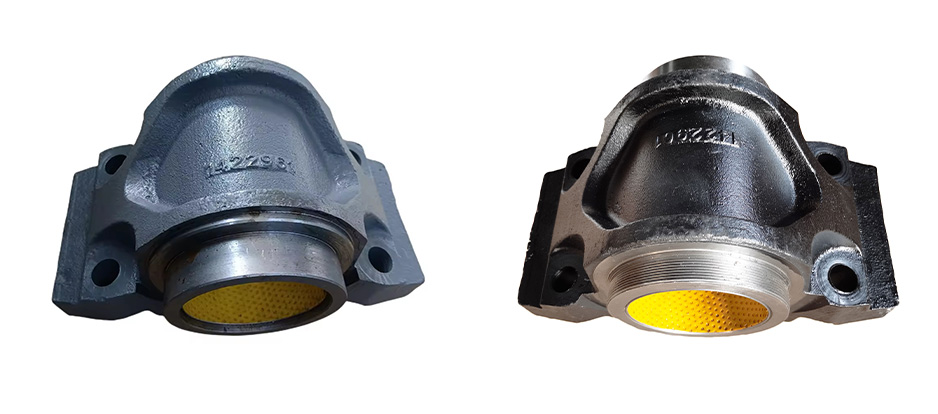The chassis is the backbone of any truck, providing structural support and stability essential for safe and efficient operation. However, like any other component, chassis parts are subject to wear and tear over time, necessitating replacement to maintain optimal performance and safety standards. Understanding when to replace your truck’s chassis parts is crucial for preventing costly breakdowns and ensuring the longevity of your vehicle.
1. Visible Wear and Damage: Inspect your truck’s chassis regularly for visible signs of wear, corrosion, or damage. Look for cracks, rust spots, or bent components, especially in areas prone to stress such as suspension mounts, frame rails, and crossmembers. Any visible deterioration indicates a need for immediate replacement to prevent further structural damage.
2. Unusual Noises and Vibrations: Pay attention to any unusual noises or vibrations while driving, especially when traversing uneven terrain or carrying heavy loads. Squeaks, rattles, or thuds may indicate worn-out bushings, bearings, or suspension components. Addressing these issues promptly can prevent further damage to the chassis and ensure a smoother, more comfortable ride.
3. Decreased Handling and Stability: Noticeable changes in handling or stability, such as increased body roll, excessive sway, or difficulty steering, can signal underlying chassis problems. Worn-out shocks, springs, or sway bar links can compromise the truck’s ability to maintain control and stability, particularly during cornering or sudden maneuvers.
4. High Mileage or Age: Consider the age and mileage of your truck when assessing the condition of chassis parts. As trucks accumulate miles and years of service, chassis components inevitably experience wear and fatigue, even with regular maintenance. Older trucks may benefit from proactive replacement of critical components to ensure continued reliability and safety.
In conclusion, knowing when to replace your truck’s chassis parts requires vigilance, proactive maintenance, and a keen understanding of common signs of wear and deterioration. By staying attuned to these indicators and addressing issues promptly, you can safeguard the structural integrity, performance, and safety of your truck, ultimately minimizing downtime and maximizing productivity on the road.
Post time: Apr-01-2024






